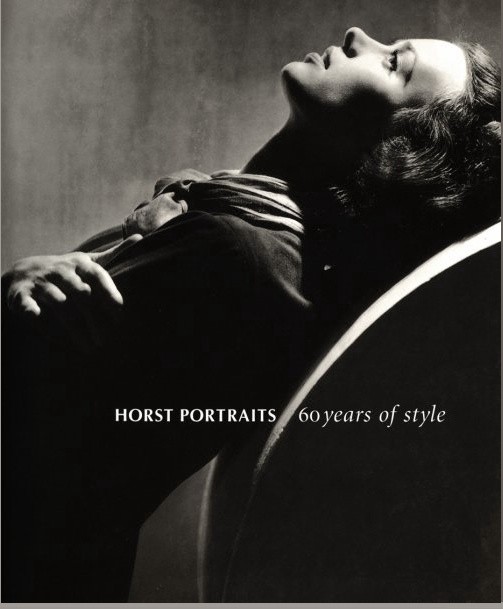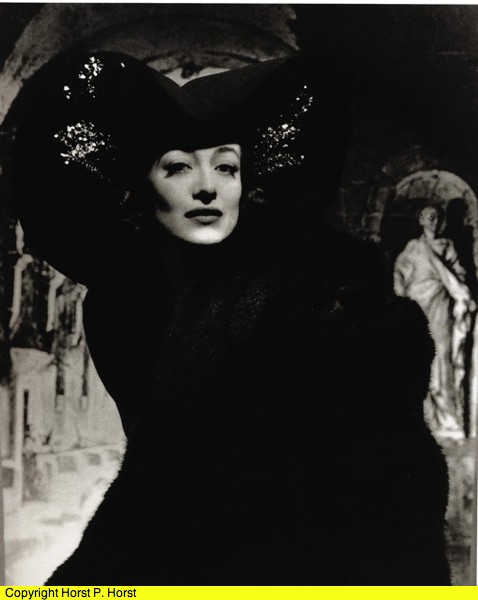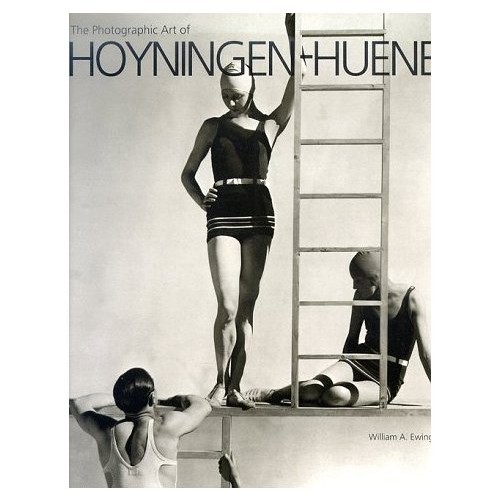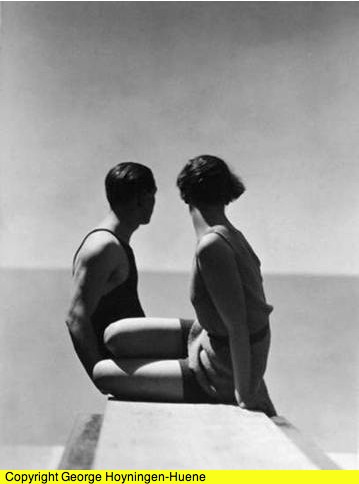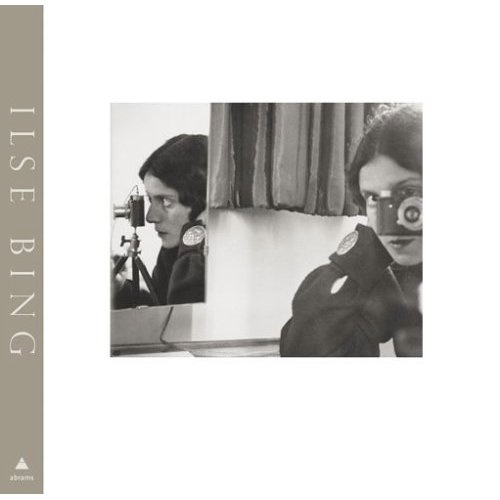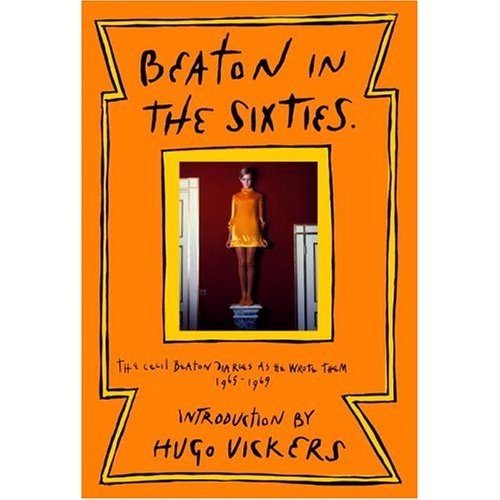Book review
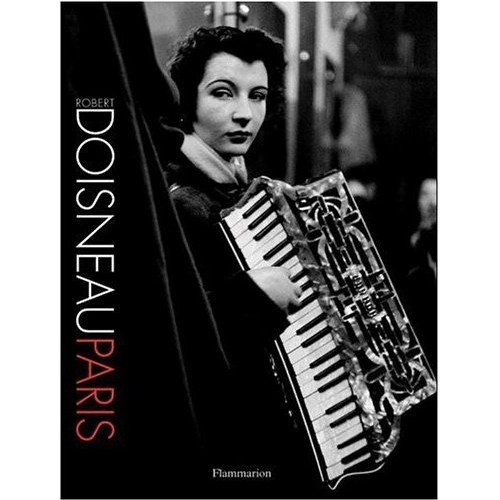
Pure joy.
That’s what I’m feeling, looking at Robert Doisneau’s magnificent pictures of Paris.
It’s impossible to adequately convey the pure joy of his photography. So many scenes from the Tuileries, goodness. A setting that elevates all those who traverse its perfection. I’m not well travelled enough to pontificate on its world standing but I fancy one might be hard pressed to find its equal in any city anywhere. I can state with certainty that New York isn’t in the running. New York is about money. Paris is about beauty.
And the passionate quality of his writing. He speaks of cameras as “Machines with insect eyes that are hostile to bombast”.
Of the Eiffel Tower he writes: “Going up the Eiffel Tower offers a panoramic view of Paris, which itself is no longer recognizable, since it lacks the all-important silhouette of the Eiffel Tower”.
Betraying his Marxist sensibilities (which in no way encroach on the pictures) he says: “I don’t much like the ritzy neighborhoods, where rebel barricades have never been erected”.
Just a very special photographer. Where, with Elliot Erwitt you smile to yourself often, enjoying the champagne in his vision, with Doisneau most of what you hear is your own belly laughs as another shot of tequila vision invades your brain.
No street photographer can live without this joyous book on his shelf. Next time you feel down, just pick it up. Cheap psychoanalysis.
